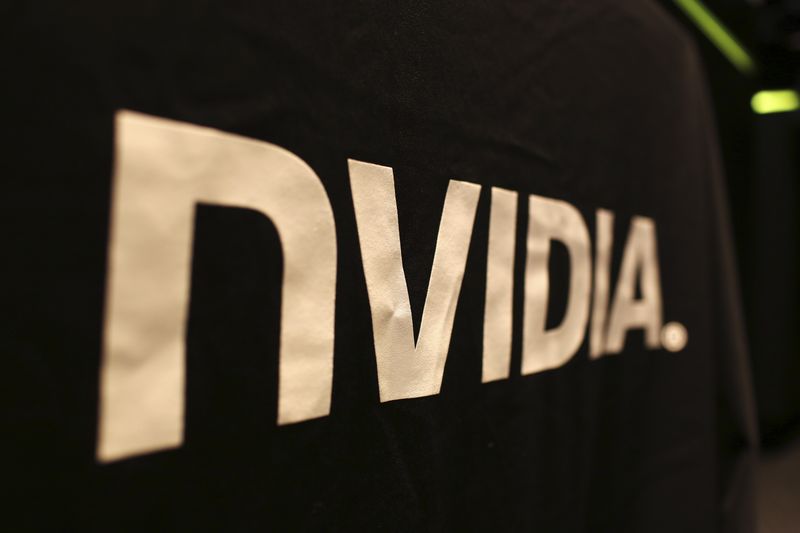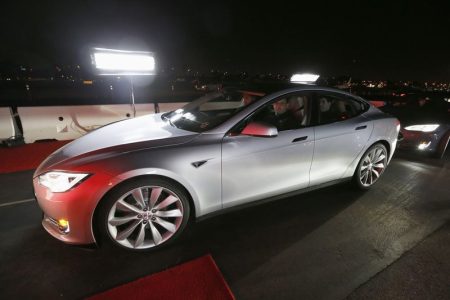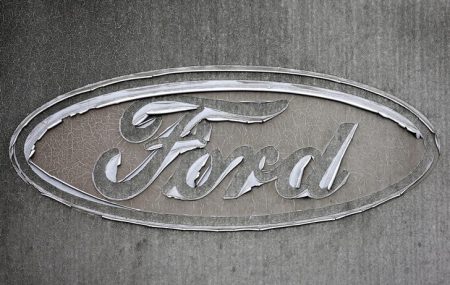© Reuters.
Nvidia (NASDAQ:) has taken the lead in the semiconductor industry’s profitability race, outshining competitors like Intel (NASDAQ:) and TSMC with a staggering third-quarter revenue of $18.12 billion and profits reaching $10.42 billion. This marks a 206% year-over-year increase, largely fueled by the company’s strategic emphasis on AI chips during the ongoing generative AI boom.
Taipei-based financial researcher Dan Nystedt acknowledged Nvidia’s significant leap from its Q1 position, attributing its success to robust sales in AI data center chips. The company’s Data Center division has been a key driver of this growth, capitalizing on Nvidia’s extensive intellectual property portfolio despite its reliance on TSMC for chip manufacturing.
While Nvidia celebrates its lucrative quarter, Samsung (KS:) Semiconductor faces challenges with a reported dip in revenue to $12.52 billion and losses totaling $2.86 billion. The downturn in the memory market has impacted Samsung Semi, although it is making strides in recovery by introducing LPDDR5X DRAM and advancing into high-performance computing (HPC) chip production under the guidance of Ki-bong Jeong.
In contrast, TSMC reported substantial revenues of $17.28 billion with profits of $7.21 billion for the same quarter. Meanwhile, Intel experienced a minor Q3 loss of $8 million from revenues totaling $14.16 billion.
The semiconductor industry is not without its environmental concerns. Greenpeace has called on companies like Samsung Semiconductor, which holds a D+ decarbonization rating, to improve their practices. Competitors such as Foxconn are making progress in renewable energy ratios as the industry faces potential emissions of tens of millions of CO2 equivalents by 2030. Samsung’s pledge for carbon neutrality by 2050 highlights the urgency to address not only direct emissions but also those from supply chains.
As Nvidia leads the pack with its profitable AI-focused strategy, Samsung Semiconductor is gearing up for a comeback with technological advancements and a commitment to environmental responsibility, despite current financial setbacks.
This article was generated with the support of AI and reviewed by an editor. For more information see our T&C.
Read the full article here















